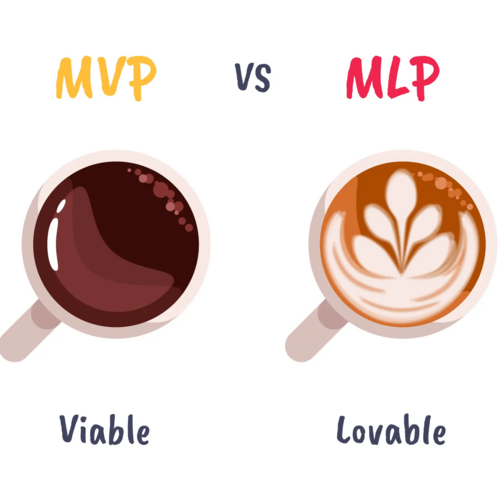Market segmentation is a critical marketing strategy that involves dividing a market into smaller groups of consumers with similar needs, characteristics, and behavior patterns. By doing so, businesses can develop targeted marketing campaigns that resonate with their target audience and identify potential niches within the market. In this article, we will discuss how market segmentation works and provide an example of a tech product that utilizes this strategy.
Market Segmentation: How It Works
Market segmentation involves dividing a market into smaller groups based on specific criteria such as demographics, psychographics, or behavior. The purpose of market segmentation is to identify unique groups of consumers within the market who have similar needs, preferences, and behavior patterns. By doing so, businesses can develop targeted marketing strategies that are more effective in reaching their target audience.
There are four main types of market segmentation:
- Demographic Segmentation: This involves dividing the market based on demographic factors such as age, gender, income, education, and occupation.
- Psychographic Segmentation: This involves dividing the market based on lifestyle, values, attitudes, and personality traits.
- Behavioral Segmentation: This involves dividing the market based on consumer behavior such as buying habits, product usage, and product benefits sought.
- Geographic Segmentation: This involves dividing the market based on geographic factors such as location, climate, and culture.
Market Segmentation Example
One example of a tech product that utilizes market segmentation is the Peloton Bike. The Peloton Bike is an exercise bike that was introduced in 2014. It features a large touchscreen display that streams live and on-demand fitness classes.
Peloton utilizes market segmentation to target specific groups of consumers with the Peloton Bike. Here are some examples of how Peloton segments the market:
- Demographic Segmentation: Peloton targets consumers who are health-conscious and affluent. The Peloton Bike is marketed towards people who are interested in fitness and wellness and have disposable income to invest in a high-end exercise equipment.
- Psychographic Segmentation: Peloton targets consumers who value convenience and community. The Peloton Bike allows users to participate in live and on-demand fitness classes from the comfort of their own homes and also provides access to an online community of like-minded individuals who share fitness goals.
- Behavioral Segmentation: Peloton targets consumers who are motivated by competition and achievement. The Peloton Bike allows users to track their progress and compete against other users, which appeals to people who are driven by goals and achievements.
- Geographic Segmentation: Peloton targets consumers who live in urban or suburban areas with busy lifestyles. The Peloton Bike is designed to provide a convenient and efficient workout option for people who have busy schedules and limited time to travel to a gym.
Peloton’s marketing strategy for the Peloton Bike is designed to appeal to specific groups of consumers. By segmenting the market based on demographics, psychographics, behavior, and geography, Peloton can develop targeted marketing campaigns that are more effective in reaching their target audience.
Conclusion
Market segmentation is an essential marketing strategy that businesses can use to identify potential niches within the market. By dividing the market into smaller groups based on specific criteria, businesses can develop targeted marketing campaigns that are more effective in reaching their target audience. The Peloton Bike is a great example of how market segmentation can be used to develop a successful marketing strategy for a tech product. By understanding the needs and preferences of their target audience, Peloton was able to develop a product that meets the needs of specific groups of consumers and market it effectively.




